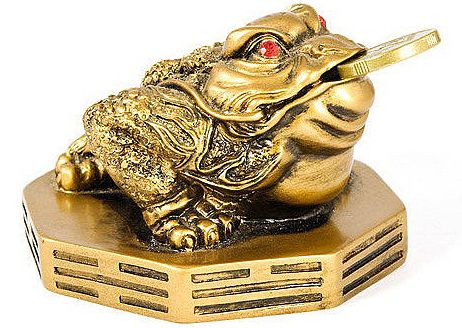
When it comes to “Slavic gods,” we often look for simple answers: thunder has Perun, the underworld has Veles, spring has Yarilo… So, should autumn also have its own patron?
The name Avsen (or Ovsen, Usen, Tausen, Bausen) appears in folk songs and ethnographic records. Later retellings call him the god of the autumn sun, fertility, and the guardian of the harvest and the transition of the seasons. But how much of this is an “ancient” image, and how much is a later creation, retelling, or reconstruction?
Let's try to examine Avsen honestly: how the sources described him, what later traditions attributed to him, what features of this image seem important to us today, and why the “god of autumn” sounds more like a poetic figure than a strict historical reality.
1. Many names – many meanings
Avsen' isn't just one name. He was also called Ovsen', Usen', Tausen', and even Bausen'. The sound's proximity to the words “oats” and “autumn” led to various interpretations: in some, Avsen' was understood as a wish for a good harvest (sowing songs “for oats”), in others, as the embodiment of the season. In oral tradition, the name could be just a refrain, but it was refrains that most often acquired the “flesh” of mythology.
2. Avsen and the Sun
In neopagan and popularizing texts, Avsen is associated with the image of the autumn sun. The sun is no longer blazing and youthful, but low, slow, and fading into rest. Its light is softer, but no less important: it brings the harvest to a close, sums up the year, and prepares the earth for winter. Therefore, Avsen is not so much a conqueror or a warrior as a wise guardian, a “god of measured fading.”
He was sometimes identified with Svetovit (Svyatovit), a well-known West Slavic god of light. They were related in function: both were associated with the luminary, with the solar system.
3. Face and character
A later tradition depicts Avsen as a male horseman, galloping forward—as if into the future. He is the first to encounter evil spirits and dispels them with light. This image evokes both a solar hero and a border guardian.
He has a dual character: generally kind and fair, the patron of family happiness, harvest and prosperity, but at the same time hot-tempered – like the sun, which can blind or burn if not treated with respect.
4. Attributes and symbols
Avsen's main symbol is a sheaf of wheat. It's no coincidence that it's associated with gratitude for the harvest: it's the tangible reward of the summer, what will sustain us throughout the winter. A sheaf in the hands of a deity represents not just bread, but a preserved life, ordered and connected.
Another important image is the horse on which Avsen rides. In mythology, the horse often symbolizes the sun and its movement around the celestial circle. In autumn, this circle becomes shorter, and Avsen's horse no longer races, but sedately follows the required path.
5. Patronage for those born in autumn
Some folk legends attributed Avsen's special care for those born during his season—roughly from the equinox (September 22) to the solstice (December 21). This emphasized the idea of “time's children”: autumn bestows upon its people character traits—prudence, thrift, but also a quick temper.
6. God of Autumn or Folklore Refrain
Here we come to an important crossroads. For researchers, Avsen is primarily a folkloric figure, growing out of calendar songs. No ancient temples or strict cult of the “god Avsen” have been found. There are refrains, there are local traditions, and there are later amalgamations of different names. And it is on the basis of this cultural material that the beautiful idea of the “god of autumn” has emerged in modern times.
This doesn't make it a “fiction,” but rather an evolution of a symbol. The image might not have been a god in the strict sense, but a spirit, the embodiment of time, the guardian of the seasons. But later, it became easier to describe him as “the god of autumn.”
7. Why is this image important to us today?
If we remove the question of “did they really believe it” and instead ask “what does it mean,” Avsen's imagery becomes very precise. It reminds us that autumn isn't about dying, but about composure and moderation. The harvest is in, the sun is fading, the days are shortening—not a disaster, but order.
Avsen, with its sheaf and horse, symbolizes the need not to squander, but to conserve and distribute. Not to rush, but to walk at a measured pace. Even a touch of irascibility is appropriate here: a reminder that in autumn it's easy to upset the balance—to waste too much or to forget about moderation.
Avsen is a figure on the border between history and symbolism.
As the “god of autumn,” he was unlikely to have been part of the official Slavic pantheon: we have no clear evidence of a cult. But as a poetic collector of autumnal meanings, he remains alive today. His names in songs, his attributes in the form of a sheaf and a horse, his association with the sun and the harvest make him a convenient figure for discussing the meaning of autumn.
You could say this: Avsen is not the boss of the season, but his face in the people’s imagination.
A face that reminds: time to gather; to tie; to give thanks.
The value of Avsen, even if he was born as a refrain, is that when we hear his name, we understand what real autumn is.





